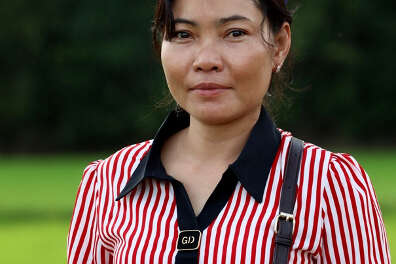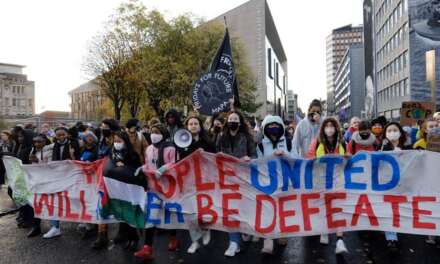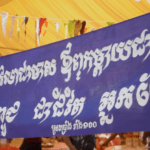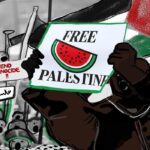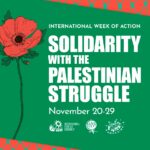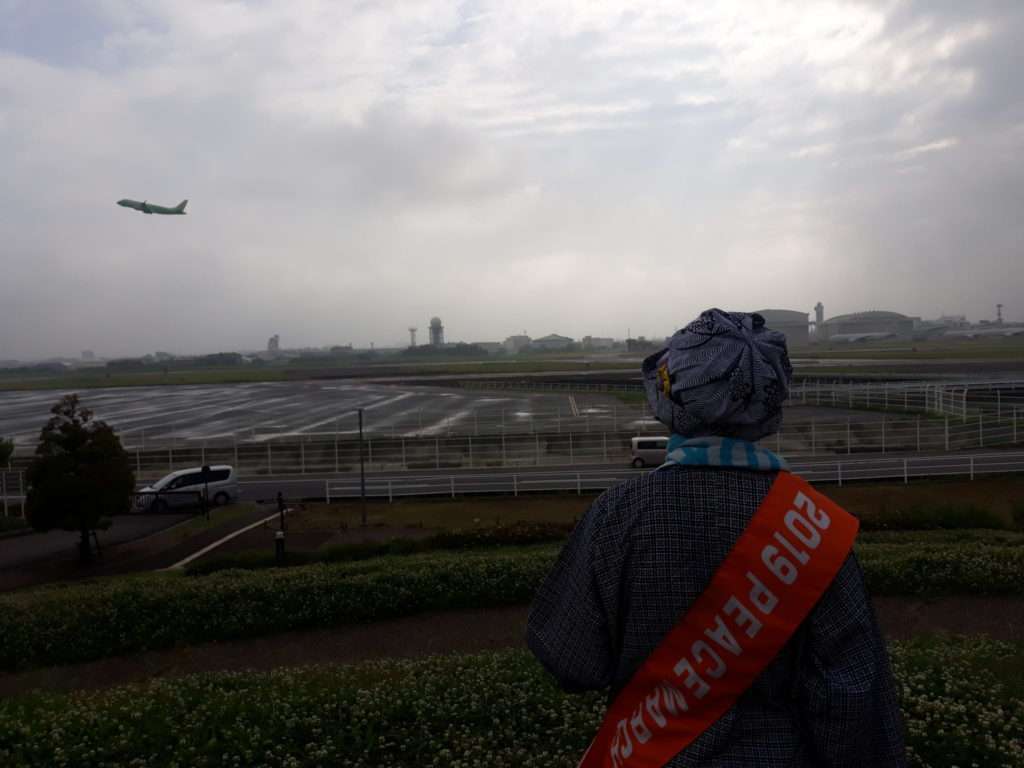
An airplane takes off at the Nagoya Airfield. The Japan Self-Defense Forces (JSDF) shares the runway as a part of Japan Air Self-Defense Force Komaki Base (航空自衛隊小牧基地 Kōkū Jiei-tai Komaki Kichi).
Text and Photos by Galileo de Guzman Castillo
If one of the best feelings in the world is being able to overcome a language barrier in communication (see Notes from the Field #7), do you know what is one of the worst? Wet socks.
We were greeted by torrential rains as we continued marching on from Tsushima to Kasugai (about 50 kilometers spread over two days). Well, in my defense, I did warn everyone about me singing and the skies getting angry.
Nevertheless, the Heiwa Koshin continued on, rain or shine.
The peace marchers were all well-prepared with their umbrellas, raincoats, and plastic covers. Run-san generously lent me his raingear. However, I was not prepared for the icky feeling of having to walk with wet socks for hours (just remembering the feeling now gives me shivers and makes me physically cringe). Suffice it to say that it sucks (pun intended).
But then again, it was not so bad after a few moments of peace and sunshine. When we reached the Komaki Airbase (see photo below) to deliver Heiwa Koshin’s message to the Japan Air Self-Defense Force (JASDF), the sky gods, perhaps sensing a momentous event, heeded our prayers of aoi sora.
In the Philippines, I have not experienced directly engaging and speaking with the armed forces (bureaucracies, formalities, and perceptions are a factor), save for a protest action outside the gates of the headquarters of the Armed Forces of the Philippines along the historic EDSA. Neither have I experienced or tried meaningful engagement with the police, whose motto is “to serve and to protect” but now ironically evoke graphic images of violence and unpeace as they became pawns of the current administration’s bloody war on drugs.
The Japanese police are different in the sense that they actually join and support the Peace March, acting as our escorts and guides, ensuring the smooth flow of the traffic, and keeping everyone on the road safe and sound.
In a way, it was a strange feeling to be marching together with the police, who, in my home country are generally perceived as unwelcoming of protest actions and mobilizations and would cordon off the streets. There were also instances of police brutality and excessive use of force to quell protests and peoples’ assemblies.
As we reached Kasugai, a question ran through my mind: In a peaceful world, what would be the role of the police and the military?

FLYING IN BLUE SKIES. A local leader delivers a message of peace from the Heiwa Koshin to the JASDF at the Komaki Base. One of the calls of the Japan Peace March is to oppose all forms of war and sending of troops to the battlefields overseas.

SHOMEI AND KAMPA, RAIN OR SHINE. Top: Bokin team are all smiles even with the rain proving to be a challenge for the signature and donation drive; Bottom: A cooperatives youth marcher and bokin team member reports the total collection for the day; on the table is a bundle of “penanto”, with each representing a thousand yen solidarity contribution.


TOUGHNESS. Aichi peace marchers remain resolute and resilient like the rice in the paddy fields, despite the cold and wet weather.
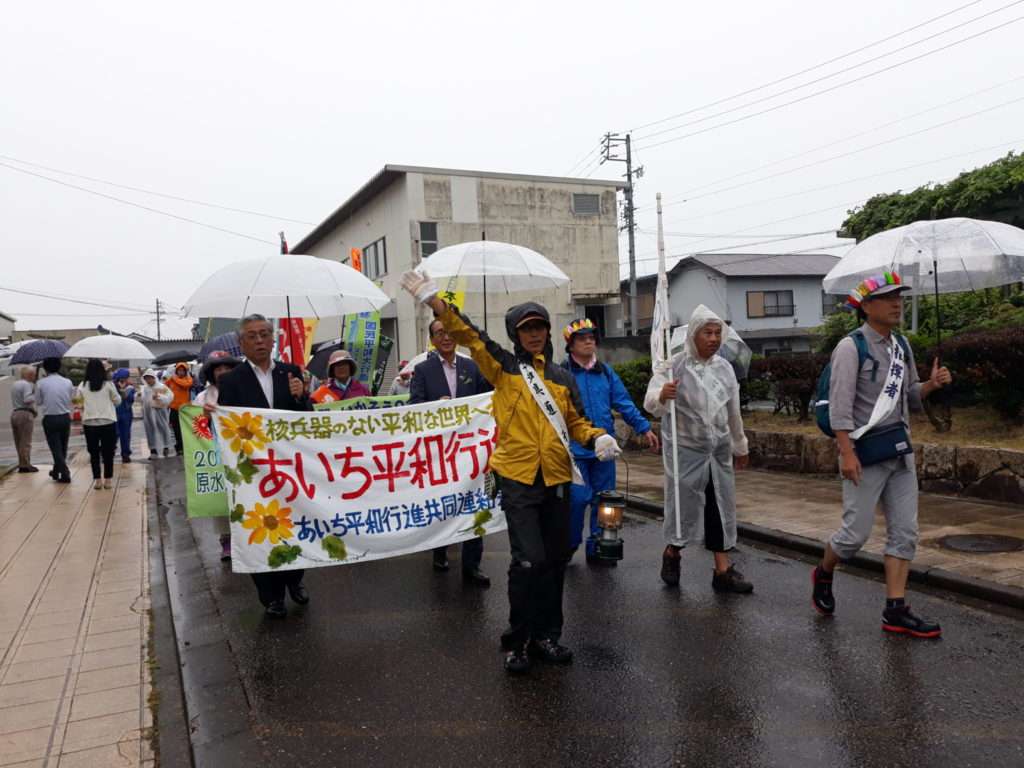
Focus on the Global South’s Galileo de Guzman Castillo from the Philippines is currently in Japan as part of the 2019 International Youth Relay Peace March.

